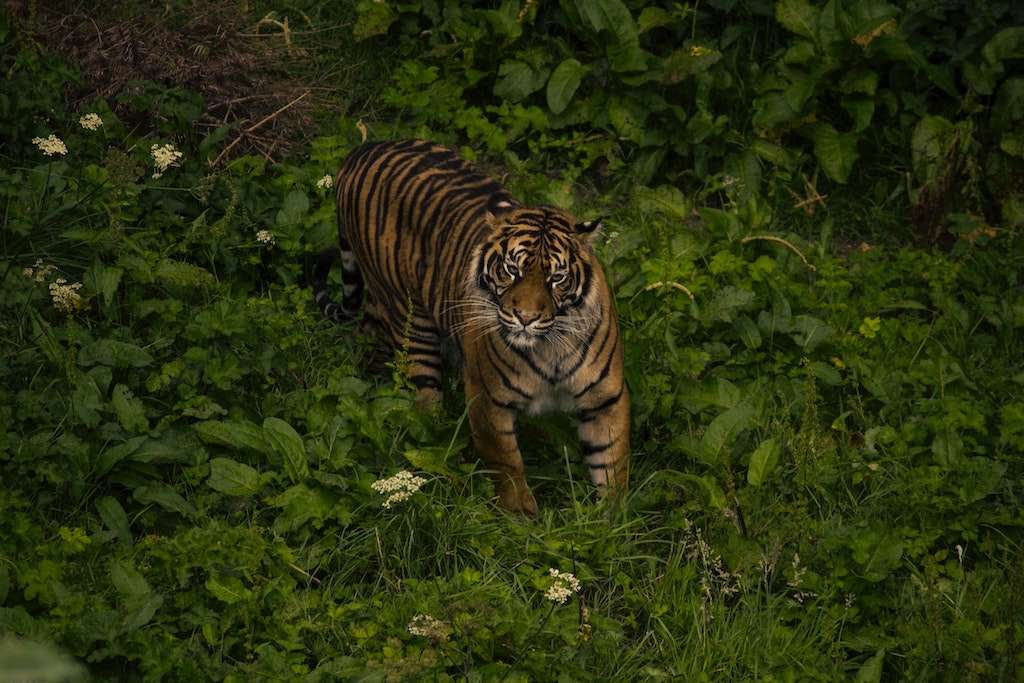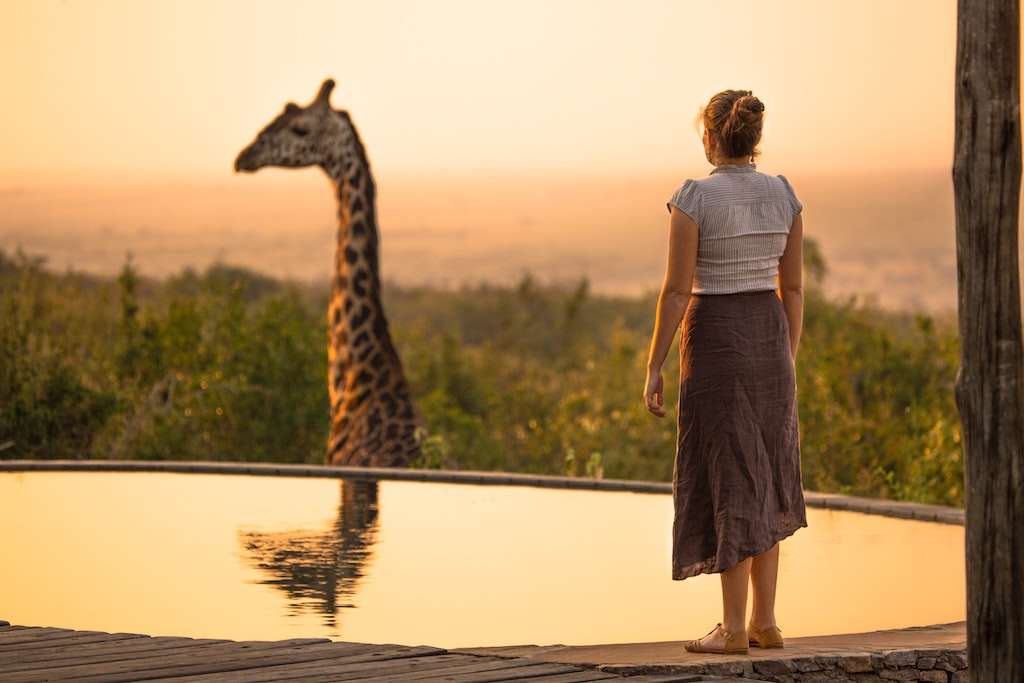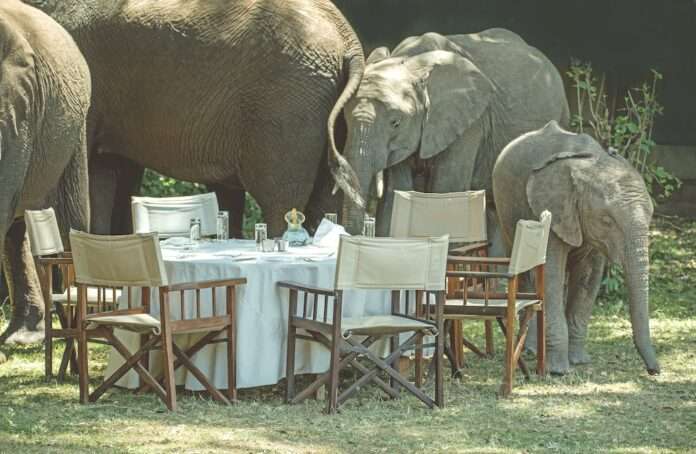What’s causing the increase in human-wildlife conflicts? The answer appears to be human-caused climate change.
As the biggest animal in the world, blue whales need a lot of sustenance. Hundreds of times a day, they plunge into patches of prey and gobble up tons and tons of krill. In fact, they eat so many of these small crustaceans, if we ate the equivalent, we’d be eating around 80,000 McDonald’s Big Macs a day, according to one researcher.
But in the last few years, this daily banquet has become more and more difficult for many blue whales. As the ocean heats up, they need to find new areas to feed, and changing up their swimming habits is placing them in the path of busy shipping lanes. This is bad news for the already endangered whales, as it raises the risk of deadly collisions significantly.
But problems of this nature aren’t exclusive to the whales, or the ocean. New research suggests that human-wildlife conflicts are on the rise, and it’s putting both animals and people at serious risk.
What’s causing the rise in human-wildlife conflict?
In February, a new paper was published in Nature Climate Change revealing that human-wildlife conflict is rising in prevalence around the globe. It looked at every continent, bar Antarctica, as well as all five oceans.

Alongside blue whales, the research found that in Sumatra, tigers, and elephants are entering communities, because forest fires are destroying their habitat. In Manitoba, interactions between humans and polar bears tripled between 1970 and 2005, as the animals sought new land areas to hunt on. This is largely because the Canadian sea ice, where they usually find food, is melting.
The issue that binds all of these incidents together is, undeniably, the climate crisis. “There hasn’t been as much recognition as there should be that climate change is exacerbating these conflicts,” lead researcher and wildlife biologist Briana Abrahms told the Guardian. “We might see new conflicts in places they haven’t been in the past, as well as conflicts intensifying in places they have been in the past.”
The consequences of this rise are severe
Not only does rising wildlife conflict threatens species, but it also impacts crops and human lives. If a tiger wanders into a village, for example, this puts the local community at risk of attack.
But not all consequences are immediately obvious. In 2021, Abrahms spoke to the University of Washington about how this conflict can lead to more child labor.

“In parts of Western and Central Africa, studies have linked the rise of baboon populations, whose predators have been exterminated by people, with a rise in child labor,” she explained. “Baboons can be very aggressive and can raid crops, and in response, children were pulled out of school to guard agricultural fields.”
When ecosystems are out of step because natural predators are wiped out by humans, this can also lead to a higher risk of disease. “In the U.S., removing pumas led to an explosion of deer populations, which in turn fueled a rise in Lyme disease,” notes Abrahms.
What is being done?
While more policymakers need to get involved with human-wildlife conflict solutions, there are already ongoing efforts to reduce the issue around the world.
Some of these are very simple, but still very effective. In Botswana, for example, farmers painted eyes on the bottoms of their cows to scare off predators that wander onto their land. In Tanzania, some farmers plant crops specifically for the elephants to eat, to help keep them away from the crops planted for humans. Or they smother fences in chili (a spice much-hated by elephants).
But the situation is complex, and there is still a need for more action. And the International Union for Conservation of Nature (IUCN) has made a start. In 2022, it created a permanent human-wildlife conflict task force, called the IUCN SSC Human-Wildlife Conflict & Coexistence Specialist Group.

The aim of the group to is to increase understanding and awareness of the issue, develop specialist guidance and support, create more informed resources, and integrate “effective human-wildlife conflict and coexistence policies into major biodiversity and development agendas.”
And according to Abrahms’s new research, in California, initiatives like the Whale Entanglement Risk Assessment and Mitigation Program, which aim to assess where whales might be heading based on changes in climate, are working well, helping to reduce the risk of collision and entanglement.
As the climate crisis rages on, raising awareness and anticipating changes in wildlife behavior is going to become even more essential for keeping everyone—both animals and humans—safe.
“Reducing conflict is our goal here,” said Abrahms in 2021. “The more that we know about when conflicts are more likely to occur, the more we can prepare for those conflicts or intervene to avoid them altogether.”
Related on Ethos:


